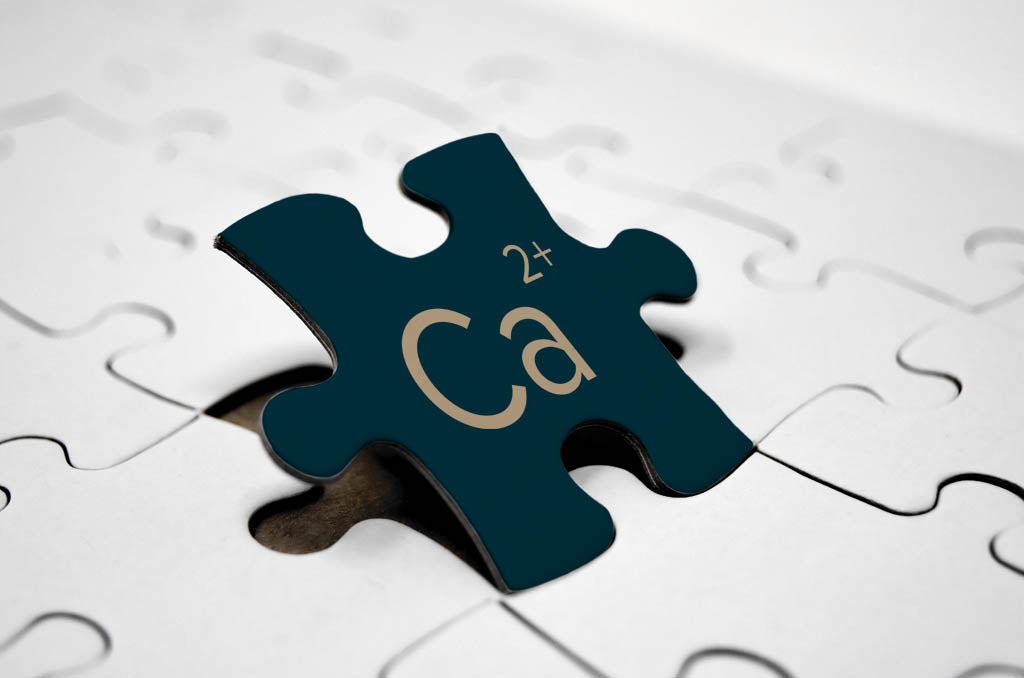April is World Autism Month. It is estimated that one in 270 people have autism worldwide. Autism is considered a neurological and genetic life-long disorder that may make a person experience challenges with the barrier for communication. Flawed brain development is a top theory in the causes of autism. However, the brain is plastic at all ages, so we can continue learning and creating changes in our brains and nervous systems throughout our lifespan.
In the article "Intracellular calcium dysregulation in autism spectrum disorder: An analysis of converging organelle signaling pathways" by Rachel L. Nguyen, highlights that the role of calcium signaling dysregulation in monogenic and polygenic neuropsychiatric disorders is the cause of autism. The article also emphasizes that calcium signaling is involved in many essential cellular functions that span multiple organelles, tissues, and physiological systems. Calcium signaling plays a vital role in communication at the cellular level for our brain to function normally. Also, calcium ion is a significant factor in helping the brain develop because our body cells use calcium ions to communicate with each other. To supply correct calcium to the brain is important. Sigma Anti-bonding Calcium helps maintain the brain's supply of calcium ions in a efficient way. SAC(Sigma Anti-Bonding Calcium Carbonate) is a calcium carbonate that is produced in a unique process, using natural Canadian small oyster shells as essential raw material. The Calcium carbonate has a Sigma Anti-Bonding Molecule with a weak bonding force. This property makes the molecule absorbed quickly and allows it to be delivered into cells more readily. SAC produces Active Calcium Ca2+ (calcium ions) during its metabolism in the body; this results in a healthier metabolic system and more robust bone structure. Also, it enhances calcium signaling between the cell, which can help improve brain function. To learn more, please visit the link - Sigma Anti-bonding Calcium Carbonate.






